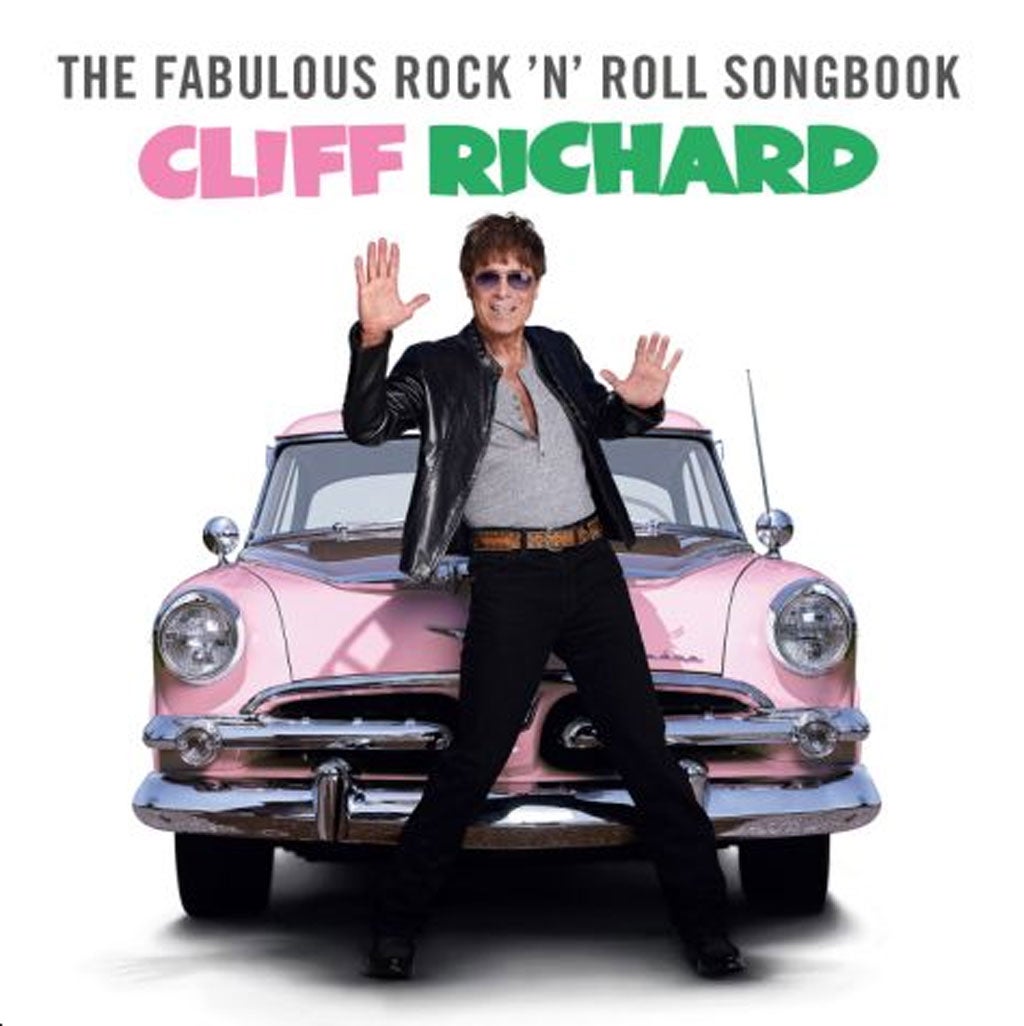Cliffhanger! The countdown to a century of covers by Sir Cliff Richard

The Elvis-style quiff no longer defies gravity but the leather jacket and dangerously unbuttoned T-shirt declare that, with the release of his landmark 100th album, 72-year-old Sir Cliff Richard is still ready to rock.
The Fabulous Rock ’n’ Roll Songbook, released in November, is Cliff’s tribute to stars such as Elvis Presley, Chuck Berry, Little Richard and Buddy Holly.
The album is the singer’s 47th studio collection and follows the release of 35 compilations, 11 live albums and seven soundtracks since he first burst onto the nascent rock ’n’ roll scene in 1958.
Where bands such as Pink Floyd can disappear behind conceptual sleeve designs, it is Cliff’s visage which smoulders, smiles and glowers meaningfully from album covers bearing his name. Whether you like your nostalgia serious or ironic, there is plenty to be found here.
The sleeves tell the life story of a singer who mastered Elvis Presley’s lip-curl on his self-titled debut – released in 1959, the year after his debut hit “Move It” – but went on to become a pastel-suited and at one stage mulleted pillar of the entertainment establishment.
Outlasting musical fads, from glam to punk to rave, Cliff has nevertheless sought to maintain an image relevant to each musical era.
The guitar-toting Cliff on the cover of 1979’s Rock ’n’ Roll Juvenile, which includes the hit “We Don’t Talk Any More”, is a nod to the New Wave movement – a trope extended on 1983’s Silver, which features Cliff’s shaggily tousled hair and undone collar.
By 1989’s Stronger compilation, Cliff has completed his journey to icon status, his embossed bronze face imprinted on the cover, as if captured on a Roman coin bearing an emperor’s image.
The retro 1950s design of Songbook returns to his roots – but Sir Cliff says he won’t be declaring after his century. “I think there is much more to come from me over the next few years,” he said. “I’d also like to think that there will be a volume two of the Songbook. I’m definitely not ready to retire yet.”
Enjoy unlimited access to 100 million ad-free songs and podcasts with Amazon Music
Sign up now for a 30-day free trial
Enjoy unlimited access to 100 million ad-free songs and podcasts with Amazon Music
Sign up now for a 30-day free trial
Sir Cliff hopes the album will encourage One Direction-obsessed youngsters to investigate the rebellious roots of today’s sanitised chart pop. “I think young people will get a shock to realise this is where it all began,” he said. “Rock ’n’ roll came and shook the world by its shoulders and said, ‘We’re here!’.”
Join our commenting forum
Join thought-provoking conversations, follow other Independent readers and see their replies
Comments